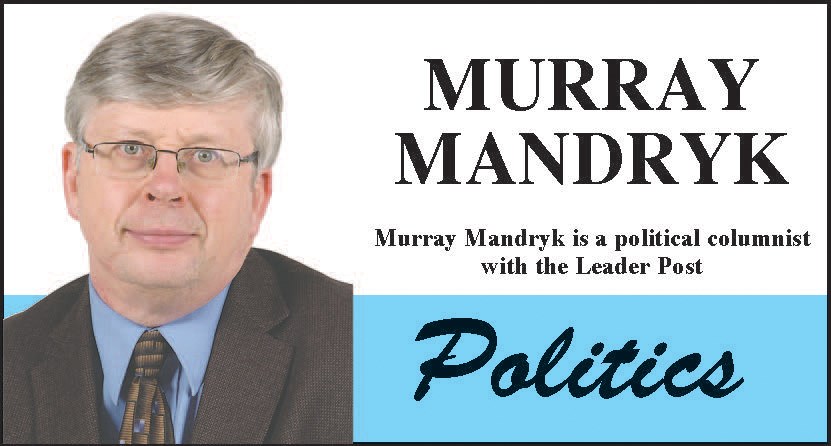That Saskatchewan continues to grow is great news, but the province’s growth hasn’t exactly been even.
This has make things particularly difficult for rural Saskatchewan that has endured stagnation or population by continuing to lose people that are moving out of province and moving to Saskatchewan’s cities.
According to the April 1 quarterly population numbers, there are now 1,169,131 people living in Saskatchewan — an increase of 10,295 people in the past year and 708 people in the first quarter of 2019.
Over all, this is tremendous news, even if it signifies a slowdown in growth to rate of less than one quarter of one per cent of growth this year if this trend continues.
While more Saskatchewan people are now moving to Alberta and other provinces than are moving here from elsewhere in Canada, we continue to grow because we have so many new Canadians moving here.
Most of you will recall that the Saskatchewan Party promised back in 2007 when the province had crossed the million people barrier vowed to grow the province by one per cent a year or 100,000 in its first decade in power. They met that goal within five years.
The April numbers mark 52 consecutive quarters — 13 consecutive years — of population growth in Saskatchewan that has have added 176,894 people to this province’s population since things started to turnaround in 2006.
To be clear, this growth actually started 13 years ago under the former NDP administration of Lorne Calvert an may be do to early investments in immigrant sponsorship programs.
Contrary to those who believe population growth in in Saskatchewan has only come after CCF/NDP governments have been booted for office, it’s never been that cut and dried.
For example, when this province hit a peak of 931,557 people in 1936, it then declined for 15 years — eight under the old Liberal government and seven under the new CCF Tommy Douglas government until it reached at low ebb of 831,728 in 1951.
Then it was 35 years of stagnation or slow growth under the CCF (13 years), Liberals, (seven years), NDP, (11 years) and Grant Devine Progressive Conservatives (four years) until we peaked at 1,009,610 people in 1986.
For the last years of the PCs and 15 years of the Roy Romanow/Calvert NDP, it was either decline or stagnation until the turnaround 13 years ago.
What all this means is that the Sask. Party is the only governing party in this province to have experienced nothing but continuous growth. However, there is a big accompanying irony:
It is in cities where the Sask. Party is less strong where virtually all the growth has occurred. In the rural areas, where the Sask. Party is as solid as any party can be, it’s actually losing people.
And there may be some political implications to all this.
The cities that are traditionally less friendly to conservative parties anyway may be seeing those feelings enhanced by the problems that growth now brings: crowded schools, longer hospital wait times, more expensive housing costs and higher municipal taxes to pay for the infrastructure costs.
And rural Saskatchewan might have more reason to be anger because of lack growth, but it may be that this reality has solidified Sask. Party rural support.
There’s little doubt that rural Saskatchewan acknowledges the Sask. Party government’s efforts to not only grow the province, but to to avoid service reduction in places where it’s not growing. Rural folk fear not fairing as well under another government. They have long memories and likely recall that 52 of their hospitals closed under the NDP in 1993.
That said, it’s ironic that what’s been good for the province has a while hasn’t been great where the Sask. Party is strongest.
Murray Mandryk has been covering provincial politics for over 22 years.



